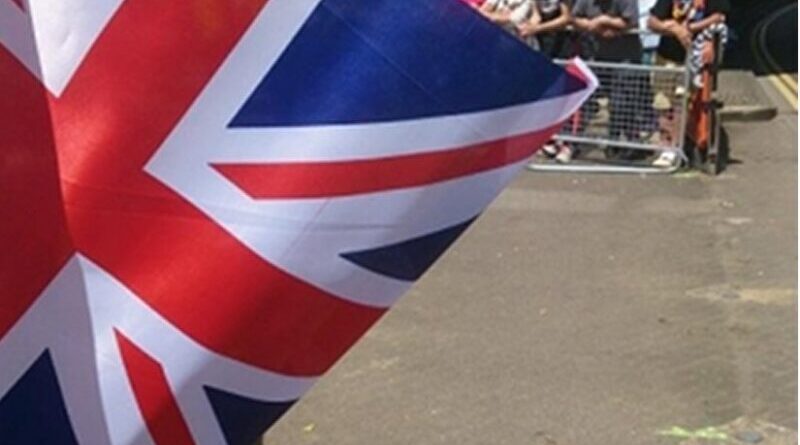Police Name London Attack Suspect As 52-Year-Old British-Born Khalid Masood
By RFE RL
(RFE/RL) — London police have named the suspected assailant in the March 22 Westminster terrorist attack as 52-year-old Khalid Masood, a British-born man thought to have resided most recently in the West Midlands, a metropolitan county that includes the city of Birmingham.
Meanwhile, authorities say eight people who were arrested in raids across the United Kingdom on March 23 are being held on “suspicion of preparing terrorist acts.”
They include seven suspects detained in the city of Birmingham and one arrested in east London.
Police on March 23 said Masood, who was shot dead by police within the security perimeter of the British Parliament in the midst of the terrorist attack, also was known by several other aliases.
They said Masood had not been the subject of any current investigations by British authorities and there was “no prior intelligence about his intent to mount a terrorist attack.”
British Prime Minister Theresa May told the House of Commons earlier on March 23 that the attacker was “a peripheral figure” known to security authorities and had been investigated for violent extremism.
Police said they were working on the assumption that Masood was inspired by Islamist terrorism. They said he did not have any convictions on terrorism charges.
Authorities confirmed that Masood had previous convictions for assaults, including grievous bodily harm, possession of offensive weapons, and public disorder.
His first conviction was in November 1983 for criminal damage and his last conviction was in December 2003 for the illegal possession of a knife.
Masood was shot dead by police on March 22 after a car he is believed to have been driving rammed into pedestrians on Westminster Bridge, killing two people and injuring at least 30. He is then suspected of fatally stabbing a police officer within the British Parliament’s security perimeter.
The so-called Islamic State (IS) claimed the assailant was one of its “soldiers.”
The extremist group said on March 23 through its unofficial news agency, Amaq, that the attacker “carried out the operation in response to calls to target citizens” of countries in the international anti-IS coalition.
Meanwhile, three of the four victims who died as a result of the attack have been publicly identified.
The two pedestrians killed on the bridge were Aysha Frade, a 43-year-old British woman who worked as an administrator at a college near Parliament, and Kurt Cochran, an American tourist from the state of Utah who was celebrating his 25th wedding anniversary in London with his wife.
Also killed was 48-year-old police officer Keith Palmer, a 15-year-veteran of Britain’s parliamentary and diplomatic protection forces who was on duty at Parliament when he was stabbed to death.
Police late on March 23 said a 75-year-old man who was injured in the attack so died of his wounds.
“The man had been receiving medical treatment in hospital following the attack and life support was withdrawn this evening,” police said.
They did not immediately provide details on how he sustained his injuries or information on his background.
Victims who were injured on Westminster Bridge came from 12 countries.
They included teenaged schoolchildren from France, a Romanian couple, and others who traveled from as far as China to explore London.
Authorities said that seven of the injured victims who were taken to hospitals were in critical condition, including a woman who was pulled alive from the River Thames after falling from Westminster Bridge.
British investigators said earlier that while Masood is thought to have carried out the Westminster attack on his own, they have not ruled out the possibility that others may have been involved.
The seven suspects arrested in Birmingham on March 23 included a 58-year-old man at one address, a 23-year-old man and a 21-year-old woman at another address, and four people at a third address: a 26-year-old woman and three men aged 28, 27, and 26. The woman arrested in East London was 39 years old.
Britain’s top counterterrorism officer, Mark Rowley, said there were searches of six different addresses in London, Birmingham, and Wales.
But he would not disclose further details, saying the investigation was ongoing.
“To be explicit: At this stage, we have no specific information about further threats to the public,” Rowley said at a news conference.
May reiterated to the House of Commons on March 23 that the government will not raise its terrorism threat level following the attack. Instead, she said Britain’s terrorism threat level will remain at “severe” — the second-highest level — which means an attack is highly likely.
The BBC reported that the vehicle used in the attack was rented last week from a branch of Enterprise car rentals in Birmingham, about 165 kilometers northwest of London.

